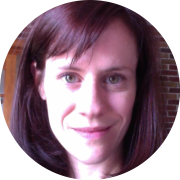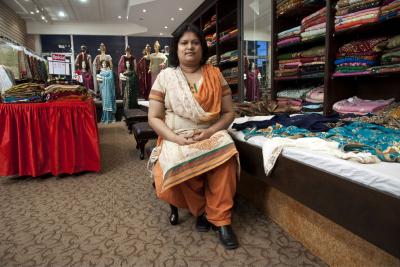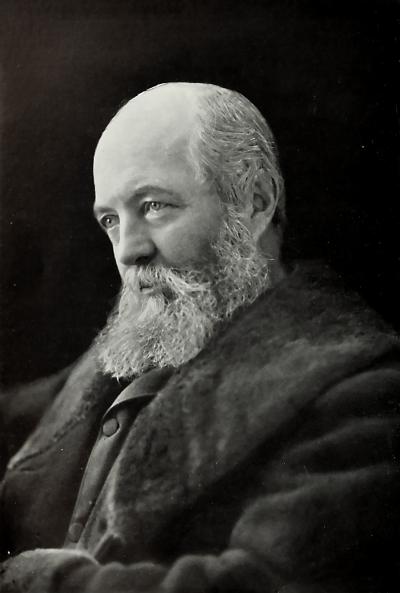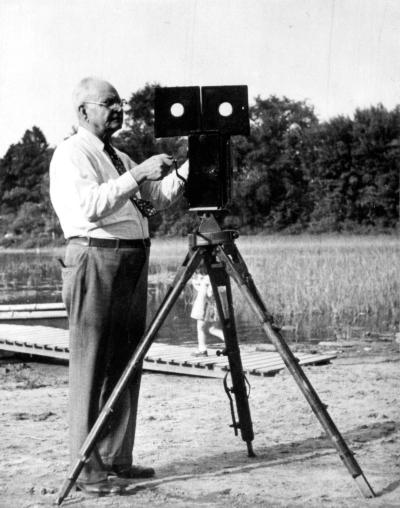When the first Egyptian immigrants arrived in Montréal in the 1950s, most were members of minority communities in Egypt. In the decades since, Egyptian immigration has become more diverse.
Between 1945 and 1975, 18,939 Egyptian immigrants arrived in Canada, with 68% planning to settle in Québec. Montréal became home to the vast majority of these newcomers, most of whom were Coptic Christians and spoke French.
The first Egyptians in Montréal
Égyptiens - passeport Expo 67 Christiane
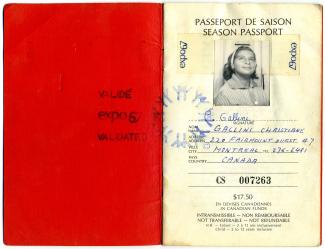
The first Egyptians to settle in Montréal were primarily members of minority communities that fled Egypt in the 1950s and ’60s. This migration intensified after 1956, when Gamal Abdel Nasser became president and embarked on a major nationalization campaign. Facing increasing marginalization, the Copts—Egypt’s Christian minority—emigrated in large numbers. Egyptian Jewish families had begun leaving the country after the 1948 Arab-Israeli war. During the 1956 Suez Canal crisis, however, many Jews were expelled by Egyptian authorities. Some of those forced to migrate settled in Montréal, including the family of Montréal writer Victor Teboul. Although far fewer in number, wealthy Muslim Egyptians also left the country, fearing the impact of economic reforms introduced by Nasser’s socialist government. Syrio-Lebanese, Armenian, and Greek migrants living in Egypt came to Montréal as well; despite their various origins, all were considered “Egyptian” for the purposes of immigration statistics once they arrived.
Egyptian immigration since 1975
Égyptiens
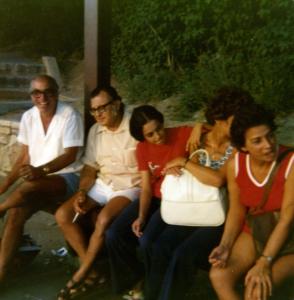
Egyptian migration to Montréal continued throughout the 1970s and early ’80s. A major increase occurred between 1990 and 2009: these new immigrants sought better living conditions and job opportunities, and some hoped to join family members already living in Canada. This period saw an increase in the proportion of Muslims in the Egyptian immigrant population. In 2006, 16,550 people of Egyptian descent lived in the Montréal census metropolitan area, accounting for 92.2% of the Egyptian-origin population in Québec. The City of Montréal was home to 7,915 of these newcomers, with 58.2% residing in Saint-Laurent, Pierrefonds-Roxboro, Ahuntsic Cartierville, and Côte-des-Neiges−NDG.
Written and researched in collaboration with Daisy Boustany.
Two groups make up the Coptic presence in Montréal: the Coptic Catholic and Coptic Orthodox communities. Upon arrival, most Coptic Orthodox families joined the Syrian Orthodox St. Nicholas Church, though a few joined the St. Sauveur Church. In March 1967, Rafael Y. Nakhla was ordained the first priest of Montréal’s Coptic Orthodox community; he went on to lead the Coptic Orthodox masses at St. Nicolas Church. In 1976, the Coptic Orthodox community acquired the Saint-Gabriel-Lalemant Church in the Villeray district. The church was renamed the St. Mark Coptic Orthodox Church to reflect its new mission, and it has served the community ever since.
Coptic Catholics, for their part, were welcomed by a church in the Byzantine tradition, St. Sauveur. This Melchite Catholic church was already home to a large Lebanese community that had arrived in the city several decades earlier. Many Coptic Catholics integrated into the life of this church, which resembles that of the Coptic Church in various aspects. The Coptic Church of Our Lady of Egypt was consecrated in Laval in 1987.
ABU LABAN, Baha. La présence arabe au Canada, Cercle du livre de France conjointement avec la Division du multiculturalisme, et le Centre d’Édition du gouvernement du Canada, 1981, 281 pages.
AHMED, A. Ramadan. « Egyptian Migrations », dans LOEB ADLER, Leonore, et Uwe P. GIELEN (dir.), Migration. Immigration and Emigration in International Perspective, Praeger, Westport, 2003, p. 311-329.
ANTONIUS, Rachad, « Les communautés arabes au Canada et au Québec », [En ligne], dans MUÑOZ, Gema Martin, Árabes en las dos Américas (Les Arabes en Amérique du Nord), Madrid, Casa Arabe, 2011.
http://classiques.uqac.ca/contemporains/antonius_rachad/communautes_arab...
HAYANI, Ibrahim. « Arabs in Canada: Assimilation or Integration », dans SULEIMAN, Michael W. (dir.), Arabs in America, building a New Future, Philadelphie, Temple University Press, 1999, p. 284-303.
LEFEBVRE, Geneviève. L’excision comme révélateur identitaire : l’expérience des Égyptiens ayant migré à Montréal, Mémoire (M. A.), Montréal, Université de Montréal, 2014.
GOUVERNEMENT DU QUÉBEC. MINISTÈRE DE L’IMMIGRATION ET DES COMMUNAUTÉS CULTURELLES. DIRECTION DE LA RECHERCHE ET DE L’ANALYSE PROSPECTIVE DU QUÉBEC. Portrait statistique de la population d’origine ethnique égyptienne recensée au Québec en 2006, [En ligne], 2010.
http://www.quebecinterculturel.gouv.qc.ca/publications/fr/diversite-ethn...
WASSEF, Nadia Hanna. The Egyptians in Montreal: A new colour in the Canadian Ethnic Mosaic, [En ligne], Thèse (Ph. D.), Montréal, Université McGill, 1978.
http://digitool.library.mcgill.ca/R/?func=dbin-jump-full&object_id=54491
